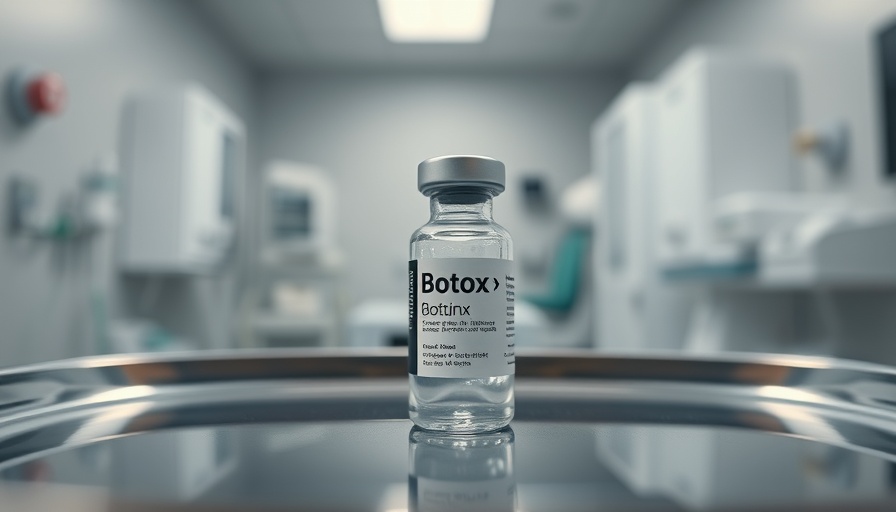
The Emergence of Dual-Energy Approaches in Aesthetic Dermatology
The latest breakthrough in skincare technology centers around dual-energy approaches that boost skin hydration in a novel way. By stimulating the body’s own production of hyaluronic acid (HA), these treatments offer an exciting alternative to traditional fillers, ensuring a more natural and enduring glow. Unlike standard injectables, which can sometimes yield temporary and artificial results, these methods nurture the skin from within, promoting a healthier, more hydrated complexion.
Revolutionizing Regenerative Aesthetics: What Lies Ahead
As advancements in aesthetic medicine continue to unfold, regenerative aesthetics are at the forefront. Pioneering products incorporating growth factors show a promising path toward rejuvenation and repair of aging skin. Dr. Prithwiraj Maitra emphasizes that the potential benefits from growth factor skincare extend beyond immediate improvements; they could redefine standards of care in cosmetic dermatology, supporting sustained skin health long-term.
Behind Bullous Pemphigoid: Understanding Biologic Therapies
Recent studies reveal significant successes in treating bullous pemphigoid with biologic therapies, highlighting a 87% complete remission rate with dupilumab and 64% with omalizumab. Understanding such effective treatments expands the landscape of dermatological care, ultimately enhancing patient quality of life. It also underscores the importance of biologic therapies in offering long-term relief from chronic skin conditions.
Chronic Hand Eczema: Unpacking Emotional and Physical Challenges
Chronic hand eczema may involve multifaceted immune mechanisms that affect more than just physical health; it can greatly impact the emotional well-being of patients. Dr. Omar Noor's exploration sheds light on the disheartening effects this condition can have, prompting both skin health advancements and crucial discussions about addressing the emotional toll it takes on those affected.
Hope in Clinical Trials: Insights into Qtorin 3.9% Rapamycin Gel
In exciting news from the field of dermatology, the Phase 3 trial results for Qtorin 3.9% rapamycin gel highlight its effectiveness for treating microcystic lymphatic malformations. As summarized by Dr. Amy Paller, this innovative treatment reflects an ongoing commitment to exploring fresh possibilities for previously untreatable conditions, embodying the optimistic future of aesthetic science and dermatological innovation.
Embracing Beauty Technology: Future Considerations
As advancements in beauty technology continue to evolve, consumers are becoming more aware of their options concerning anti-aging solutions and minimally invasive techniques. The rise of MedSpa innovations showcases a shift in traditional aesthetics toward a more scientifically-informed approach to beauty, allowing for tailored aesthetic treatments that align with individual goals. Improved education around these practices empowers women and men alike to make informed choices in their skincare journeys.
 Add Row
Add Row  Add
Add 




Write A Comment